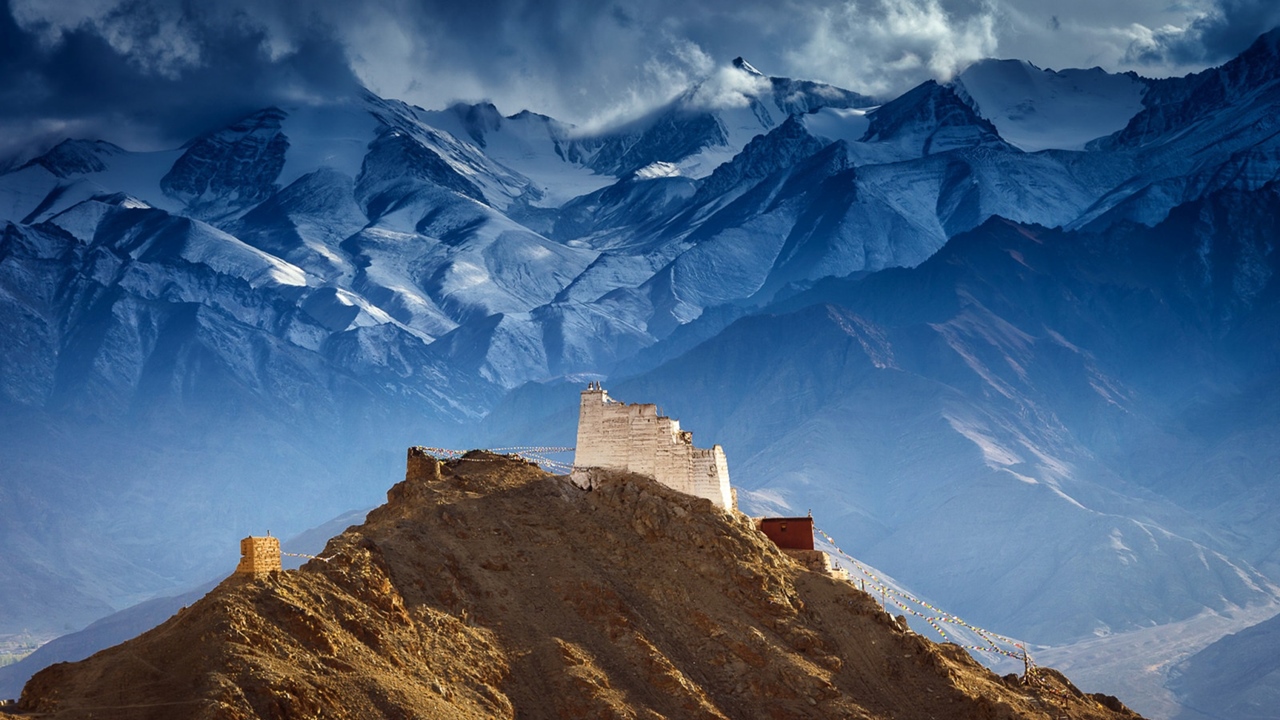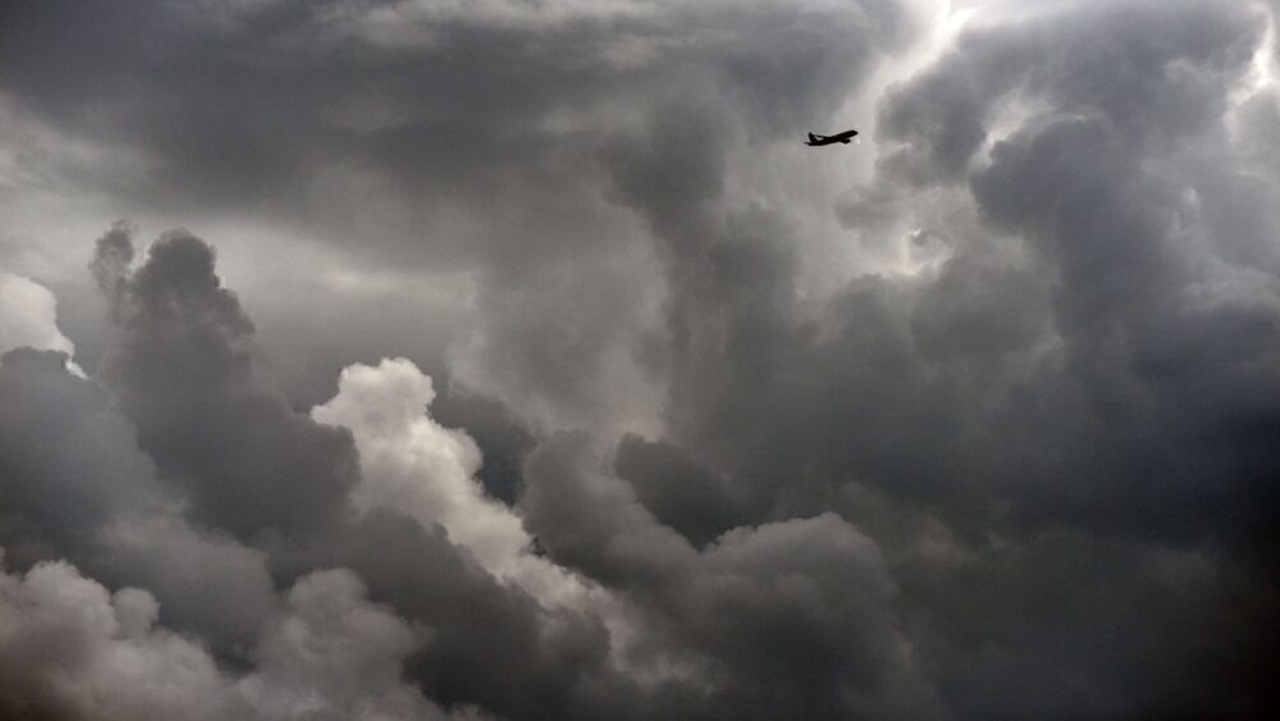When we examine Flightradar, where we can see the planes in the sky momentarily, we see that there are almost no planes over Tibet. Here are the reasons behind this situation:
The Tibet Autonomous Region, which is not flown over on long-haul flights in Asia, is a sparsely populated and mountainous area connected to China. “Roof of the World” There are many technical reasons for not flying over this region, known as
Making route planning and operational changes in the aviation industry is a complex and interesting process. In this area where fine workmanship is made many factors are analyzed; The possibilities that may create danger and cause unnecessary loss of time and money are avoided as much as possible. The reason why this region was not flown over is the result of these analyses.
The most important reason why planes stay away from the area is that the terrain is uneven and the average altitude is too high.
Even the lowlands in the region are 3,000 meters high, with an average elevation of around 4,500 metres. Planes can of course go much higher, but in emergency situations where cabin pressure drops, procedurally before the plane is diverted to an airport. It must descend to an altitude of 3,000 meters.
If the oxygen given to the passengers on the plane cannot be descended to the required altitude, only at that altitude. 20 minutes might be enough. There is almost no suitable area for emergency landing in the region. The two existing airports are both very far away and only a few pilots have the experience of landing at these airports.
The risk of turbulence increases in high mountain areas. The turbulences in and around the Tibetan Plateau are much more intense.

Turbulence is caused by air currents moving up and down in waves and at different speeds. Turbulence can occur on any route, but the violence of those in this area will disturb the passengers and an emergency can make it even more dangerous.
Jet fuel also has a risk of freezing.

Freezing point of standard Jet A1 fuel It is -47 degrees Celsius. Temperatures are not always this low in the region, but cruising at an altitude above the already cold mountains for a long time will increase the risk of freezing of the fuel.
In addition, it will support the radar system on aircraft in the region. There is no radar system. The whole region is only 0.2% of the population of China, because the population is very sparse, there are no competent people in the radar system in the region, and probably nobody prefers to come from China and work here.
Also near Tibet It also has military bases.. This also has an effect, as commercial flights are prohibited from passing over military bases.
It will be difficult to reach the wreckage after a possible accident.

Even if there are survivors It can take days to deliver emergency aid. The survival probability of the survivors will also decrease due to the harsh conditions in the region. In addition, the black box can be thrown hundreds of meters away, fall off cliffs or get caught in an avalanche. Therefore, the causes and details of the accident will not be understood.
Sources: Interesting Engineering, Simple Flying
RELATED NEWS
